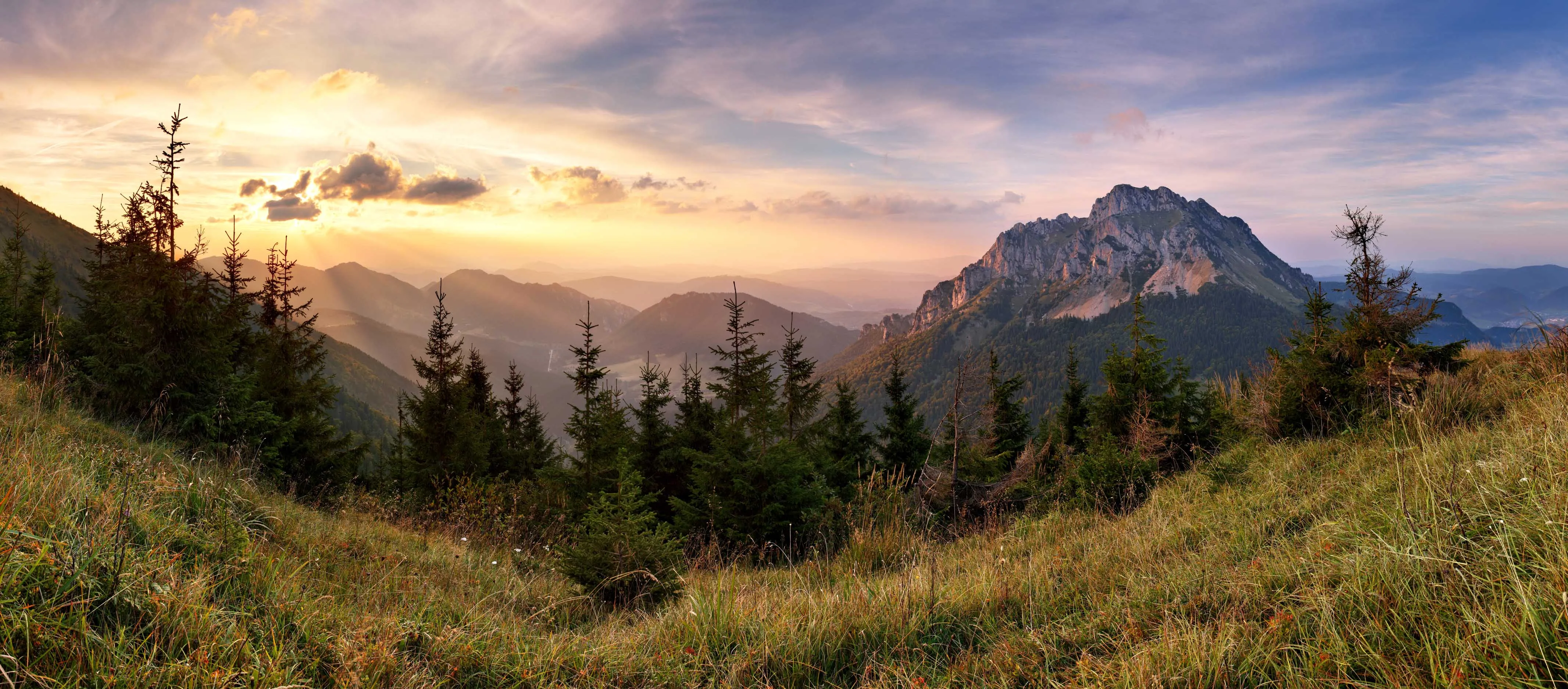In Serbia some million is being spent on developing the Corridor 10 and 11 highways during 2012. The work being carried out by Serbian roads company Koridori Srbije will include the 22km Ipsilon arm on Corridor 10, which will run from Kelebija to Subotica.
March 21, 2012
Read time: 2 mins
In Serbia some million is being spent on developing the Corridor 10 and 11 highways during 2012. The work being carried out by Serbian roads company 3235 Koridori Srbije will include the 22km Ipsilon arm on Corridor 10, which will run from Kelebija to Subotica. In 2012, Serbia intends to complete construction of some stretches of the link towards the Bulgarian border and start projects on the southern end of Corridor 10 towards the Macedonian border. Work will also commence on the Belgrade-South Adriatic highway. Serbia’s Ministry of Energy and Infrastructure says that the government is planning to realise all its construction projects in 2012. In 2012, the government will invest in construction of Corridor 10 and Corridor 11 which will connect Serbia with Montenegro and the South Adriatic sea. The Belgrade-Bar motorway will be 423km long, of which 258km is in Serbia. The total value of the project is estimated at €4.9 billion, out of which €2.4 billion is in Serbia. The Ministry of Energy and Infrastructure said that the government is expecting financial support from Turkey and Azerbaijan, providing €300 million each. Works to Corridor 11 will include connection of the Belgrade-Cacak highway. Currently, works are being carried out on the 13km Ub-Lajkovac road. The highway will connect Serbia with Montenegro, and further with the coastal connection with the southern part of Italy, and with the motorway from Belgrade via Vrsac with Romania.







